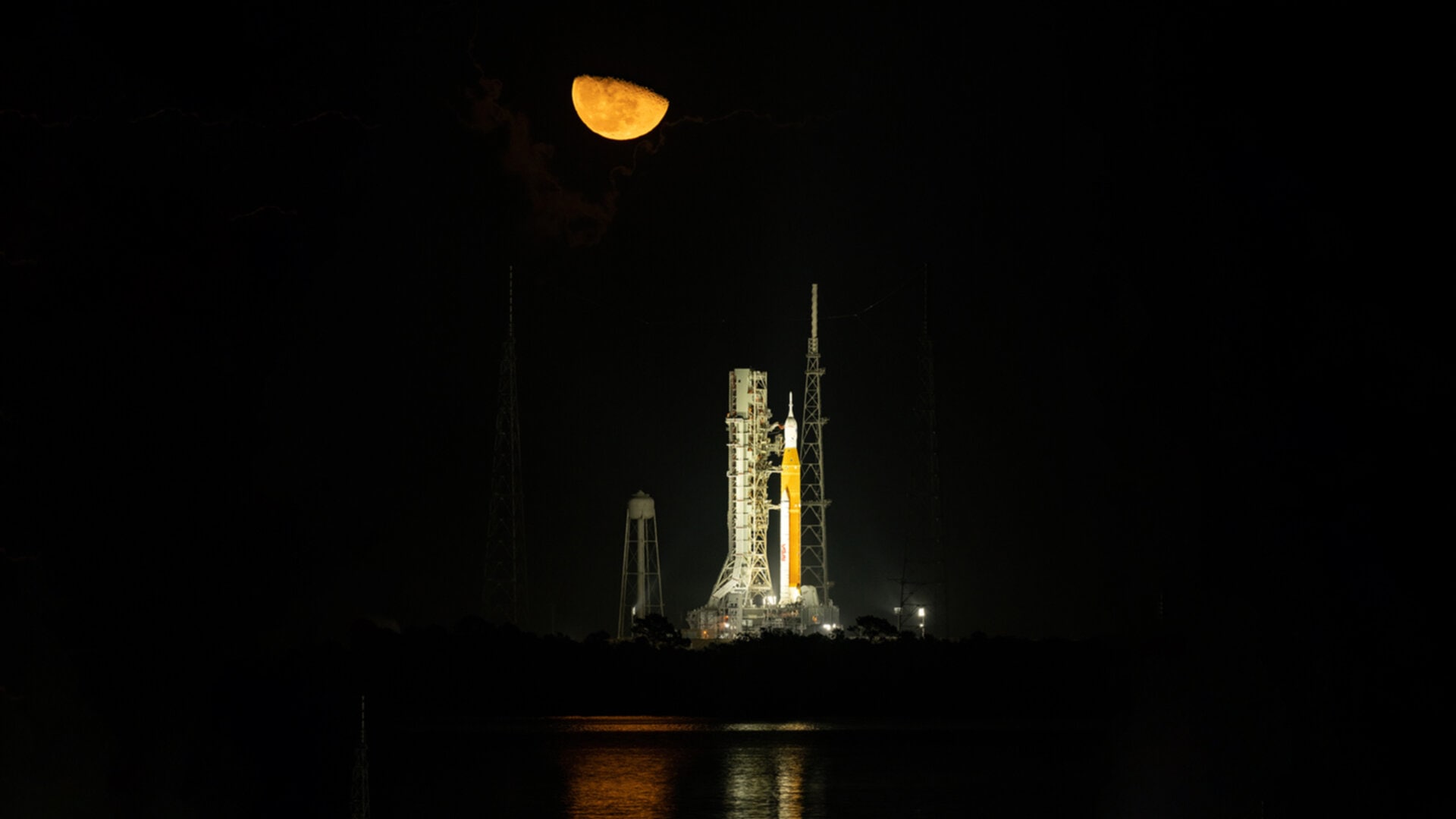“We are going” - A new era in space exploration has begun

Today the Artemis I mission began its history-making journey into space to open a new era of space exploration, one that will land the first woman and first person of color on the Moon and ultimately pave the way to sending the first astronauts to Mars. As I watched this historic launch of the next-generation Space Launch System (SLS) and the Orion capsule, I could only imagine the excitement that people felt more than fifty years ago when we first endeavored to reach for the Moon with the Apollo program. I was at the Kennedy Space Center on August 29 for the first attempted launch, and even though the launch was delayed, the excitement, passion and wonder at the technological ingenuity involved was palpable. I could feel the electricity in every conversation and every random encounter with other space geeks that made the trip to the Space Coast.
Artemis I marks the beginning of humankind’s next chapter in space. During its multi-week mission, the SLS will propel the Orion spacecraft to the Moon, where it will enter lunar orbit before heading back to Earth. Artemis I won’t be crewed, nor will it land on the lunar surface, but the mission is the crucial first step in NASA’s plan to return human beings to the Moon. By testing Orion’s spaceflight systems in lunar orbit and ensuring its safe atmospheric re-entry, descent, splashdown and recovery on Earth, Artemis I will set the stage for all future NASA-crewed missions to the Moon.
Humankind’s return to the Moon will be one of the boldest endeavors of the 21st century, and it’s an effort in which Nokia is honored to play a small, yet significant, part. While Nokia is not part of the Artemis program itself, we are participating in NASA’s Tipping Point initiative. Tipping Point supports the advancement and validation of technologies that could play key roles in future Artemis missions. Specifically, Nokia is developing and deploying the first cellular communication system in space. By leveraging the same mobile networking technologies that provide voice, video and data connectivity here on Earth, we intend to provide lunar surface communication at greater distances, increased speeds and with increased reliability.
With this goal in mind, Nokia is preparing for its own journey to the Moon in 2023 with our partners, Intuitive Machines and Lunar Outpost. This uncrewed mission, dubbed IM-2, will bring the first cellular network to the lunar surface using LTE/4G technology. This network will connect Intuitive Machines’ Nova-C lander to Lunar Outpost’s MAPP rover, providing the critical local link necessary to remotely operate the rover from Earth and stream video and telemetry data from the rover’s sensors. The experiment will last roughly two weeks, and at its conclusion, we expect to prove the viability of cellular communication technologies in future space exploration.
NASA and its commercial and international partners are overcoming enormous challenges to achieve Artemis’ goal of establishing a sustainable human presence on the Moon. They will not only need to send astronauts to the Moon, but they will also need to ensure they have breathable air and potable water. They will need to build habitats that can tolerate the harsh conditions of the lunar surface. And they will need to develop the right tools for these astronauts to conduct their research and perform their mission tasks.
One of those key tools will be communications. Astronauts will require a reliable means to communicate with one another and access the data and remote systems necessary to do their daily work. One day, the same technology embedded in your smartphone could reside in every helmet comms link, datapad, sensor and robotic vehicle on the Moon. That’s not a proposition we take lightly. I speak for everyone at Nokia when I say we are both proud of and humbled by the work we are doing with NASA to create a space-ready communications solution for the Moon and beyond.
Image Credit: NASA/Bill Ingalls
